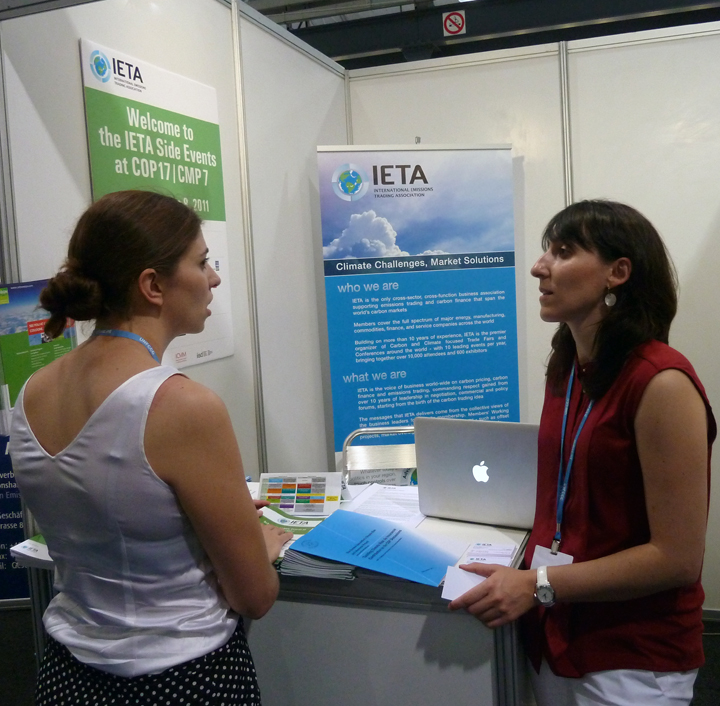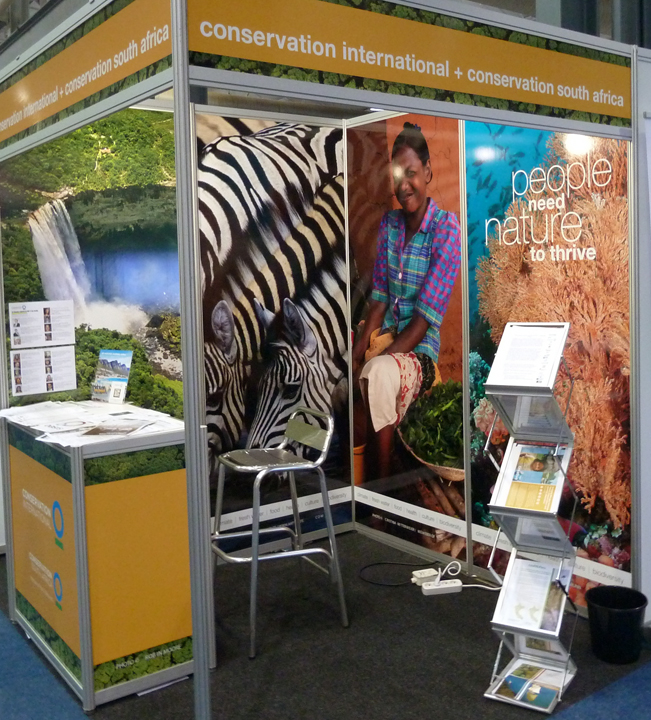Arraial d’Ajuda, Bahia, Brazil (Part II of II)
By Anne Petermann, Executive Director, Global Justice Ecology Project
I will start off this post with a few juicy quotes:
From Ron Sederoff, considered the “father of forest biotechnology:”
• On Synthetic Biology (that is, developing completely synthetic life forms): “If we think we know how something works, we should be able to build it.”
Dude, seriously? Life forms? Build them?
• On the use of biocontrols: “We can use genetic engineering to conserve endangered species through biocontrols. Like the mosquitoes, for example, that are being genetically engineered to fight malaria.”
Oh yeah, nothing could EVER go wrong with that…
• On where to plant GE trees: “just as the timber industry has done, in a large-scale on non-agricultural land.”
Non-agricultural land? In the Lumaco District of Chile, the standard for tree plantations has been putting them on the agricultural lands of Indigenous Mapuche communities by using financial incentives that force small farmers to grow trees instead of food—leading to 60% of Mapuche families in the region living in poverty, with 33% in extreme poverty.
Next a little analysis from the other very interesting presentations; one on GE poplar field trials in Belgium, and one by an ArborGen bigwig on their plans to commerically sell GE eucalyptus trees for plantations across the southern U.S.
“Science, Society and Biosafety of a field trial of transgenic biofuel poplars” by Wout Boergan –University of Ghent—Belgium
Wout gave a fascinating talk on Belgium’s attempts to create GMO low-lignin poplar trees for agrofuel (large-scale unsustainable biofuel) production.
He started by mocking Greenpeace for organizing protests against them. Then showed a photograph from another protest by Indigenous Peoples against Belgium’s GE tree test plots that occurred during a meeting of the UN Permanent Forum on Indigenous Issues in New York City. It is worth noting that the photograph he used was taken by Global Justice Ecology Project Co-Director/ Strategist Orin Langelle…

IP Protest at the Belgian Mission in New York. Photo: Langelle/GJEP-GFC
As a result of these protests: the Belgian Minister decided not to allow the field trials to proceed. The reasons he gave for denying the permit:
• The use of antibiotic resistance markers in the GE trees;
• The lack of protocols for studying the impacts on soils;
• The lack of protocols for studying the impacts of the genetic modification on the trees themselves;
• 40 reactions from the public against GE trees.
Howeveer, Wout was proud to add that “we went to a higher court and got the decision reversed. We now have the most protected forest in the world.”
Their strategy for winning public acceptance of GE trees:
• Start with easy field trials
• Highlight the benefits we’ve seen from biotech crops
• Invite Opponents for Discussion
However, when GMO potatoes were brought in, the field trial was attacked in a public protest on May 29, 2011 (which destroyed 15% of the field trial), but according to Wout the protest backfired and there was a big backlash against the protesters. His reaction to film footage he showed of the public protest with the demonstrators getting savagely beaten by the police was, “the Police didn’t hit hard enough,” and called the activist group, “one of the most hated groups.” He concluded that the public protest against the GMO potato worked to the benefit of the GMO industry.
“Making Biotech Purpose-Grown Trees a Reality” by Maude Hinchee of ArborGen
(Hinchee, by the way, previously spent 18 years with Monsanto).
Here is a snapshot of her talk:
ArborGen is in the process of “developing commercially in the US” GE cold-tolerant eucalyptus trees.
GE eucalyptus are needed, she argued, because “the hardwood inventory is going down, and the natural regenerated stands are harder to access and more expensive. As a result, we have to import hardwood for pulp.”
Ah ha, so too much forest has been destroyed, and it grows too slowly anyway, so let’s create millions of acres of GE eucalyptus plantations across the US South—good plan…
“And now we are facing competitors for the feedstock–for electricity, biofuels, wood pellets–which is driving a 33% increase in hardwood demand in the US. Therefore we need trees that provide improved growth, processing, wood quality and shorter rotations.”
Yes, trees are being looked at to provide basically everything that fossil fuels are currently providing, causing a massive increase in demand for wood. But I’ve got news for you, the exponentially increasing demand for wood cannot be sustainably met. We have to DECREASE the demand—not increase it. And we need to ensure that the communities that depend on the world’s remaining forests are the ones that govern them—not the state or corporations or the World Bank. They have proven themselves wildly incompetant at protecting forests. Genetically engineered tree plantations will only make the matter worse for forests.
But Maude had other ideas. “For this reason, she said, referring to the lack of hardwoods, “ArborGen is developing freeze tolerant eucalyptus trees for use across the southern US” ArborGen’s eucalyptus plantation map on her powerpoint showed GE eucalyptus plantations growing from Texas to Florida and north to Arkansas and South Carolina.
ArborGen, she pointed out, is also involved in testing of non-GMO Urograndis eucalyptus hybrids in southern Florida. “But the pulp mills are not located in southern Florida, so we need cold-tolerant eucalyptus for other regions,” she insisted.
ArborGen, she said, is having some success with freeze tolerant eucalyptus down to 16°F (-8 to -9°C). At 48 months, these eucs also grew to 56 feet with 6.4 inch biomass yield. The GE eucalyptus trees in Alabama performed well. “We have submitted a petition for deregulation.”
And, why does Maude believe GE eucalyptus trees the best thing since sliced bread? Well according to her (and flying in the face of numeorus studies on eucalyptus from regions all over the world):
“Gene flow from biotech eucalyptus trees is unlikely” because of:
• Limited natural reproduction;
• Poor seed production (low seed set and viability of seeds);
• no natural vegetative propogation;
• no sexually competitive native species.
(Well, eucalyptus grandis trees are actually listed as an invasive pest in Florida and eucalyptus globulus are a major invasive problem in California, where they contribute to wildfires.)
As to where these will be grown, she replied: “the plantations will replace pine plantations and pasture land.”
Really? Tthe timber industry says they need to keep the pine plantations too. International Paper was quoted as saying the GE eucalyptus plantations would double the acreage covered in plantations in the Southern US from 42 to 84 million acres. And I’m afraid there is no way they will be able to accomplish this without wiping out more of the amazing biodiverse native hardwood forests in the south.
Let’s see, what other PR greenwash arguments for GE eucalyptus did she trot out?
• They use less water ‘per unit of biomass’ than other crops. “We anticipate they will need no irrigation.”
Actually, one of the states where ArborGen is testing their GE eucalyptus is Texas, which is under extreme drought conditions. Eucalyptus trees have a very deep tap root which allows them to access hard to reach ground water. Unfortunately, this trait means they can worsen droughts by drying up that ground water.
• They are very good for wildlife
Oh yes, non-native invasive, flammable vegetation is always good for native wildlife.
• They require less fertilization
Mature in under 7 years, yet don’t deplete soils?
• They require less herbicide application
I swear these points must have been written by ArborGen’s public relations department. They are totally contradictory to the documented impacts of eucalyptus plantations.
But not to worry. The Institute for Forest Biotechnology (IFB) is on the case, fervently developing voluntary standards for industry to enable them to certify GE tree plantations as sustainable. Currently neither of the global certification schemes will certify GE trees.
On this point, Adam Costanza of the Institute of Forest Biotechnology argued, “We need to fight for what is right, good and responsible” and “ultimately, we want to see biotech trees used responsibly.” (Good thing his presentation was listed under the Biosafety section…)
The IFB has even developed a book of “responsible use principles.” It is amazing how they have determined how to “responsibly use” GE trees, even though almost no risk assessments have been done. Their partners can be found at forestbiotech.org/partners.html.
Over all, biosafety concerns were largely ignored at this conference. There were only four presentations on the topic (and only four people applied for it), and two of those presentations were basically about how to get around biosafety concerns so GE trees can get out there and commercialized.
(sigh…)
The good news is that the next IUFRO Tree Biotechnology Conference is scheduled to take place in 2013 in Asheville, NC. THAT should be a fun one!













































